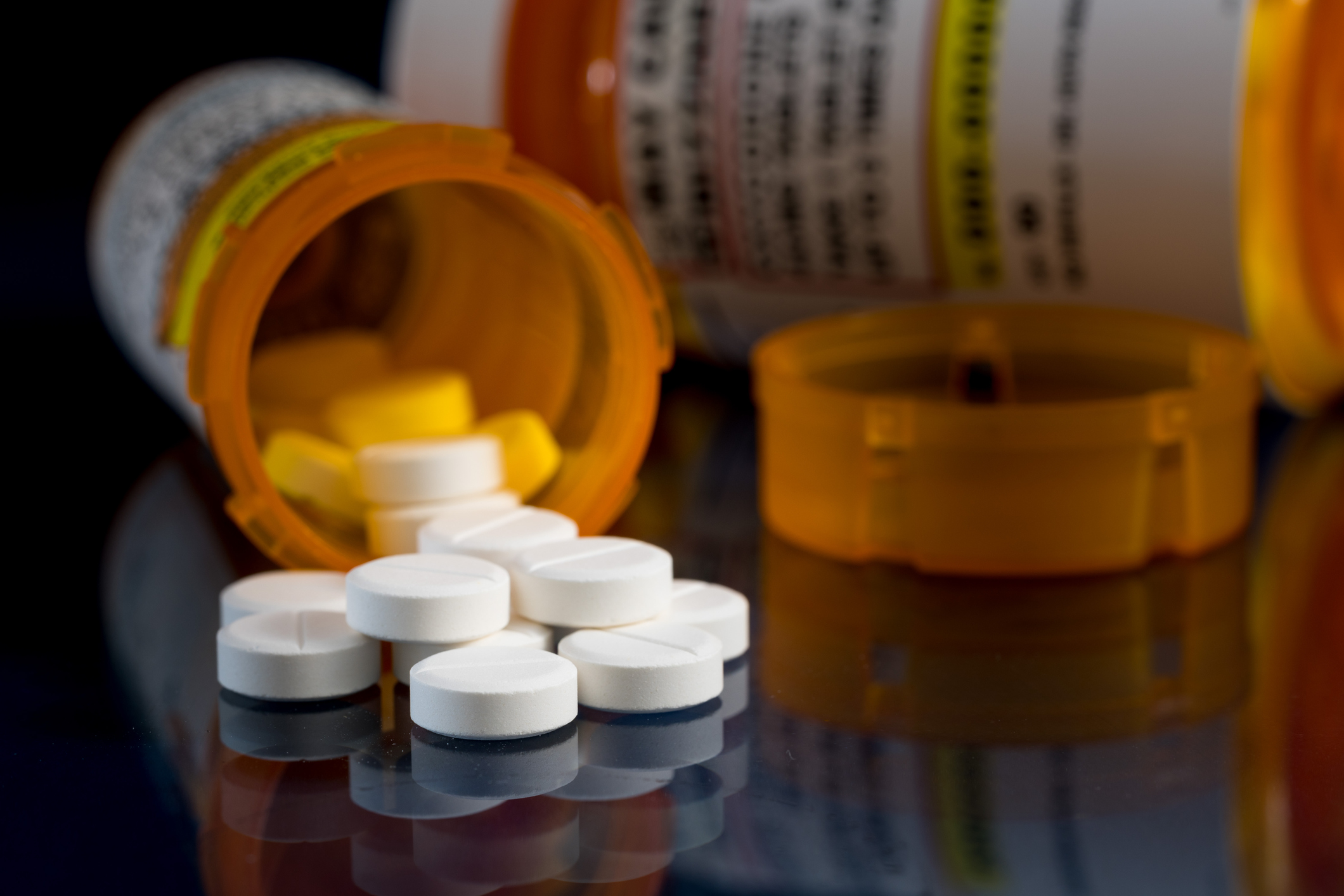
Among the many lasting legacies of COVID-19 may be a newfound appreciation for the value of what we flush down the toilet and wash down the drain.
Wastewater can be a rich source of information about infectious diseases, like COVID-19, as well as flu, respiratory syncytial virus (RSV), mpox and polio, since pathogens like viruses are shed in feces, urine and saliva, all of which is drained into sewage treatment plants. Sampling that water is a good way to screen for certain viruses, and, as more people bypass the medical system and labs in favor of testing themselves at home for things like COVID-19, health agencies like the U.S. Centers for Disease Control and Prevention (CDC) have less data from which they can monitor the ebb and flow of infections. Wastewater, however, could change that and is quickly becoming the most reliable way to track such diseases.
Now that same system will not only screen for infectious disease agents but for opioids as well. Biobot, the first company to offer commercial wastewater surveillance, is launching a program in collaboration with the National Institutes of Health’s National Institute on Drug Abuse (NIDA) to track trends in opioid use in wastewater. In 2018, Biobot, based in Cambridge, Mass., began tracking opioids such as morphine, hydrocodone, oxycodone, codeine, heroin and fentanyl in a pilot program with several dozen cities including Cary, N.C. By highlighting areas where use of these drugs was higher, the city directed more resources to educating people about the dangers of overdose, as well as intervene with naloxone to reverse overdoses, which helped to reduce overdoses by 40% within a year.
More From TIME
Tracking opioids nationwide
The new NIDA-supported program, which is the first of its kind to regularly monitor opioid use in municipalities, will include 70 locations around the country, focusing on regions with high opioid overdoses. The scientists will screen for five substances, including cocaine, fentanyl, methamphetamine, and xylazine, as well as the overdose treatment naloxone.
"The idea is that these data will be shared not just to federal agencies but to local health departments to help them develop their own programming to address over doses,” says Mariana Matus, co-founder of Biobot. Having that information in as close to real-time as possible is important for making sure adequate resources such as treatment programs are in place, says Matus. “When we first founded the company in 2017, this type of information was very delayed,” she says. “We measured the consumption of prescription and street substances through wastewater, and that real-time information can be useful to public health officials to reduce overdoses.” Communities that see increasing trends in the presence of opioids in their wastewater, for example, can launch more harm reduction efforts such as education, treatment and intervention programs.
Read More: These Scientists are Sewer Diving to Detect Silent COVID-19 Outbreaks
Matt Meyer, county executive for New Castle, Del., hopes that’s the case for his county. In addition to opioids, Biobot will be screening for, among other things, tobacco to better direct smoking cessation and tobacco-free kids education efforts to parts of the county where use might be higher. Otherwise, he says, “my instinct would be to distribute resources equally to all schools for tobacco prevention to try to get kids not to smoke and vape. But if the sewer data is telling us where there is higher prevalence of tobacco, that would probably encourage us to spend more in certain school neighborhoods than in others. The same is true of cocaine and methamphetamine since sewage gives us unbiased data.” New Castle, for example, has a police behavioral unit that addresses substance-use complaints, and information about where use might be higher could redirect these teams to those regions.
Screening for pathogens and drugs
Everything starts with collecting the sample at the sewage treatment plant, with a kit Biobot provides. Once the sample arrives at the company’s labs, the process of scanning for opioids differs slightly from that behind screening for infectious disease agents. For viruses, the team uses gene-based detection methods to find and then amplify genetic signals of pathogens like SARS-CoV-2, influenza or mpox. In the case of opioids, which are chemical substances, they rely on mass spectroscopy, which breaks down compounds by their main ingredients and produces unique chemical fingerprints of things like fentanyl.
In the first phase of the program, the data will be fed back to local public health officials to better allocate resources for fighting the opioid epidemic—specifically addressing overdoses. Ultimately, however, Matus says wastewater surveillance for opioids could be used to detect changes in the substances and alert authorities if more dangerous and potentially deadly versions are beginning to make the rounds.
Public health officials are just beginning to tap into the power of wastewater surveillance, says Matus. During its partnership with the CDC on COVID-19 tracking, Biobot provided about 30% of the national data on COVID-19 cases from wastewater, and the information was useful enough for the agency to renew its wastewater surveillance efforts. The CDC has asked for submissions for a commercial partner and Matus hopes Biobot will be able to renew its collaboration with the CDC, and continue to provide data to the agency.
“Wastewater surveillance is becoming more mature and more mainstream month over month, year over year,” she says.
More Must-Reads from TIME
- Why Biden Dropped Out
- Ukraine’s Plan to Survive Trump
- The Rise of a New Kind of Parenting Guru
- The Chaos and Commotion of the RNC in Photos
- Why We All Have a Stake in Twisters’ Success
- 8 Eating Habits That Actually Improve Your Sleep
- Welcome to the Noah Lyles Olympics
- Get Our Paris Olympics Newsletter in Your Inbox
Contact us at letters@time.com